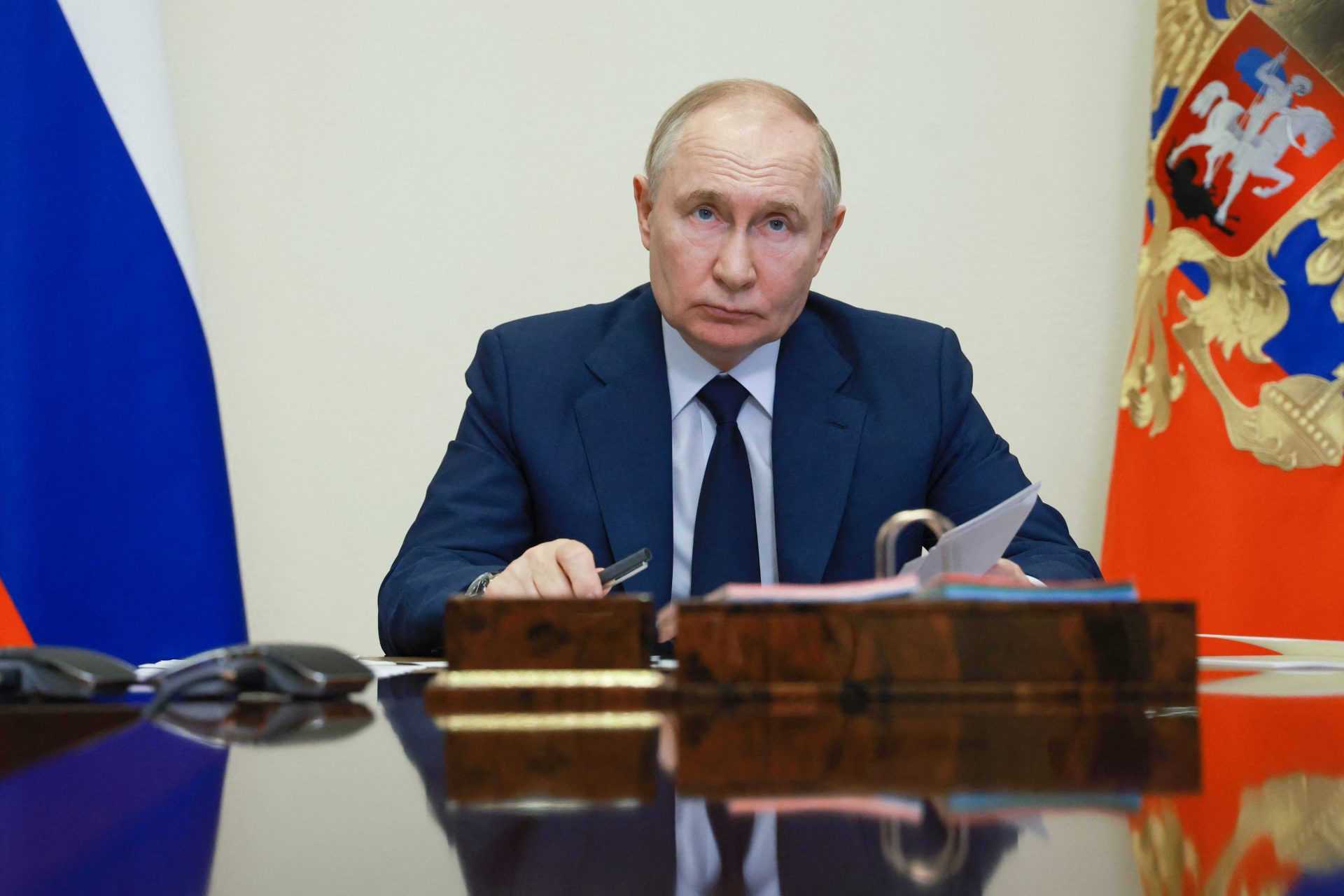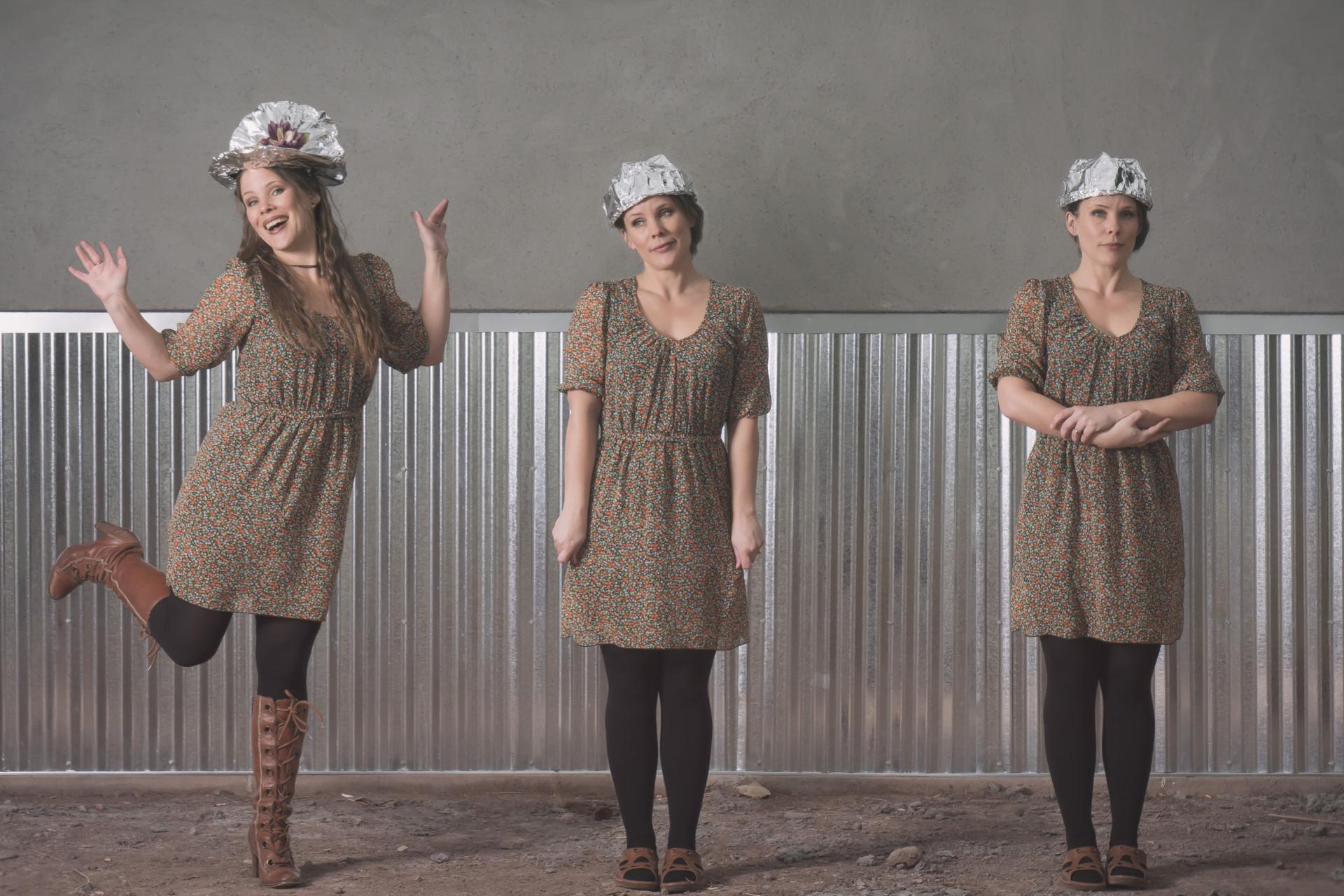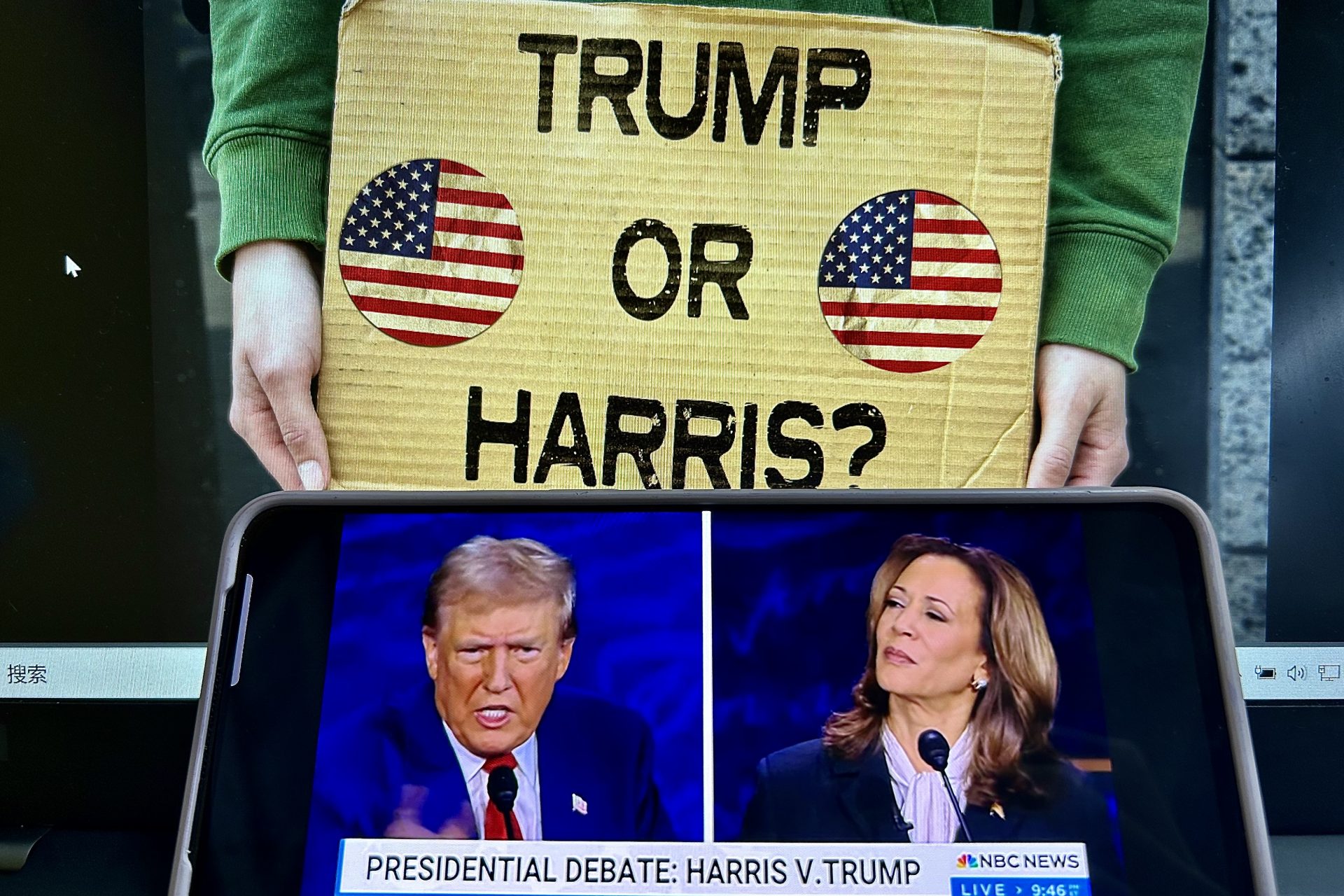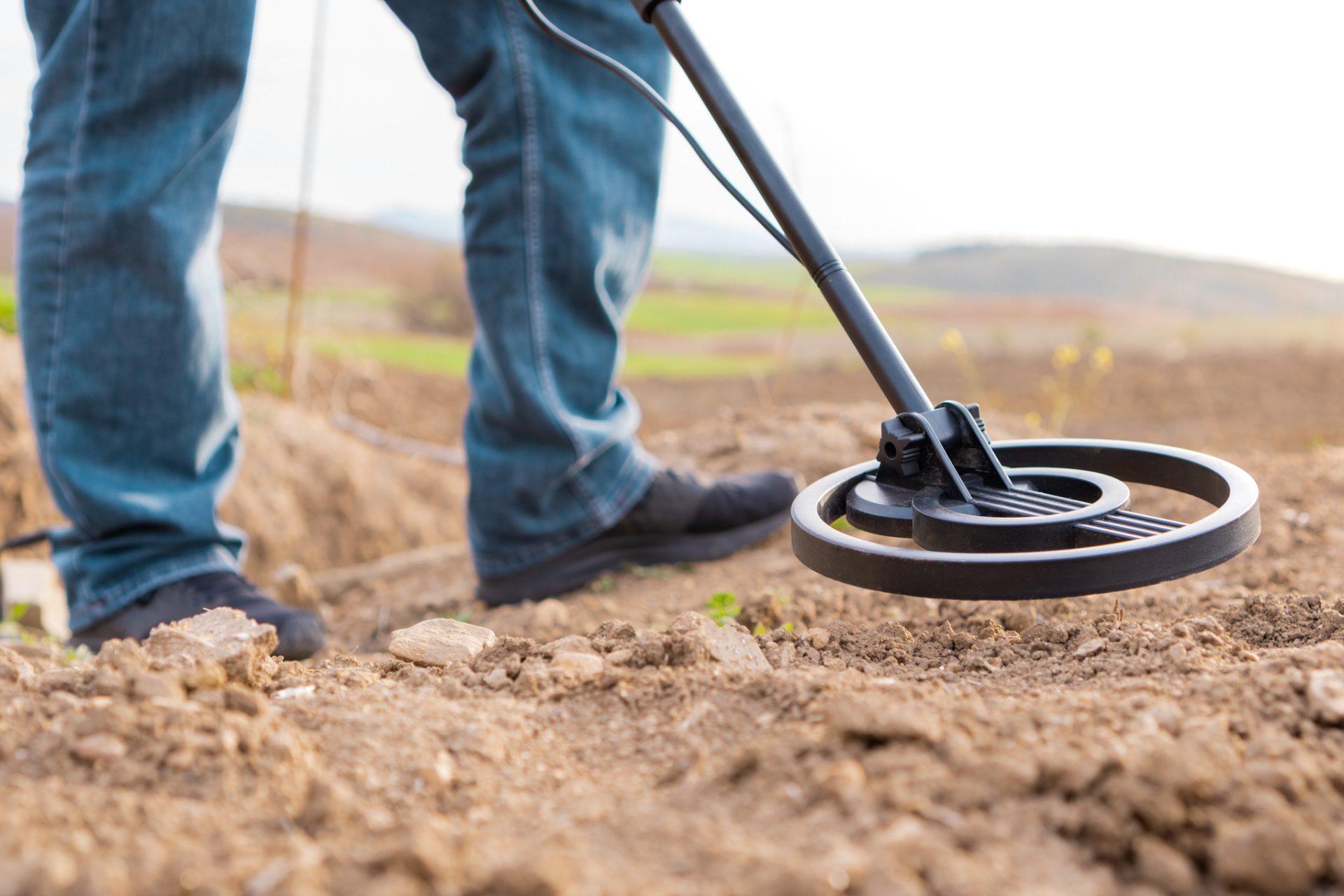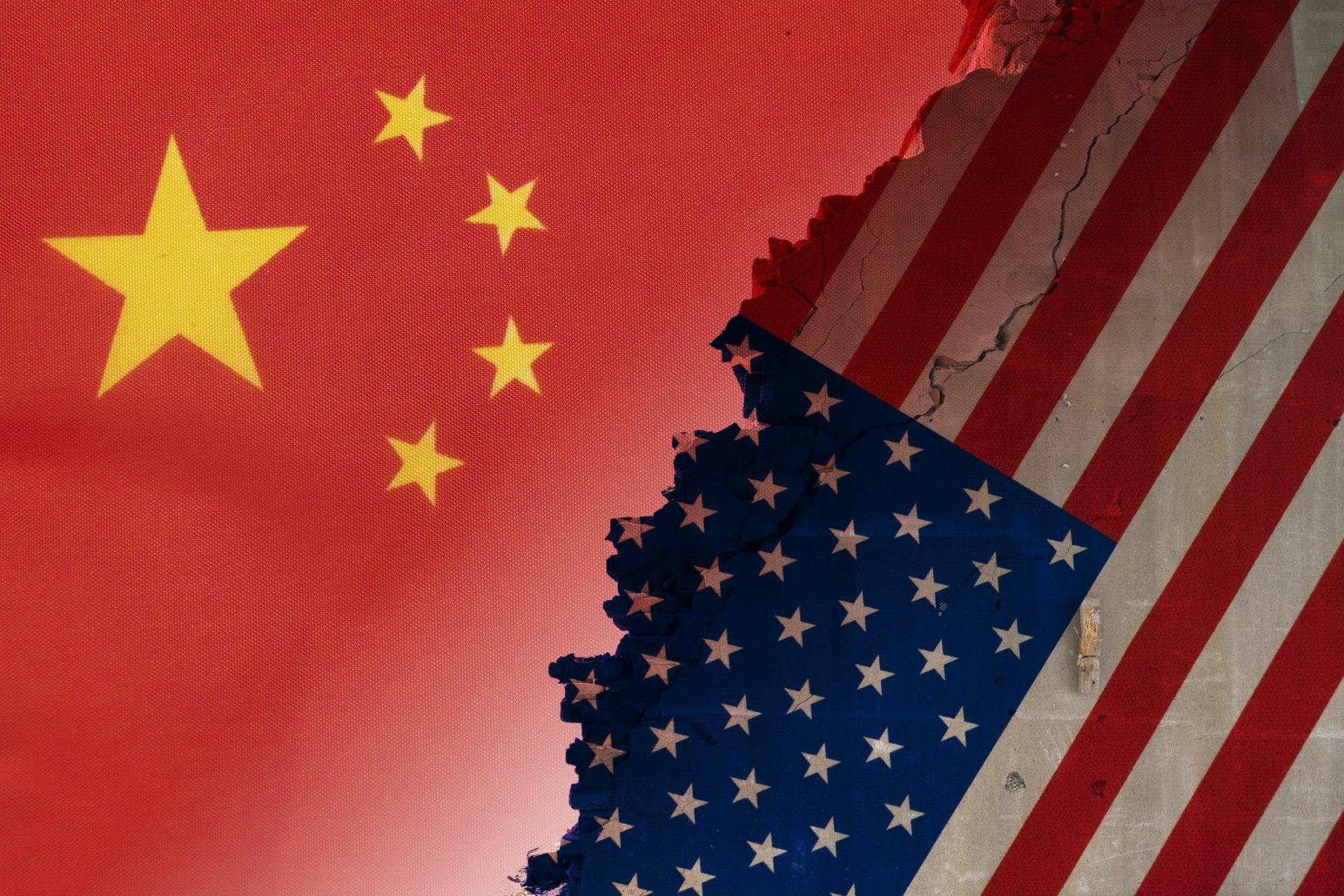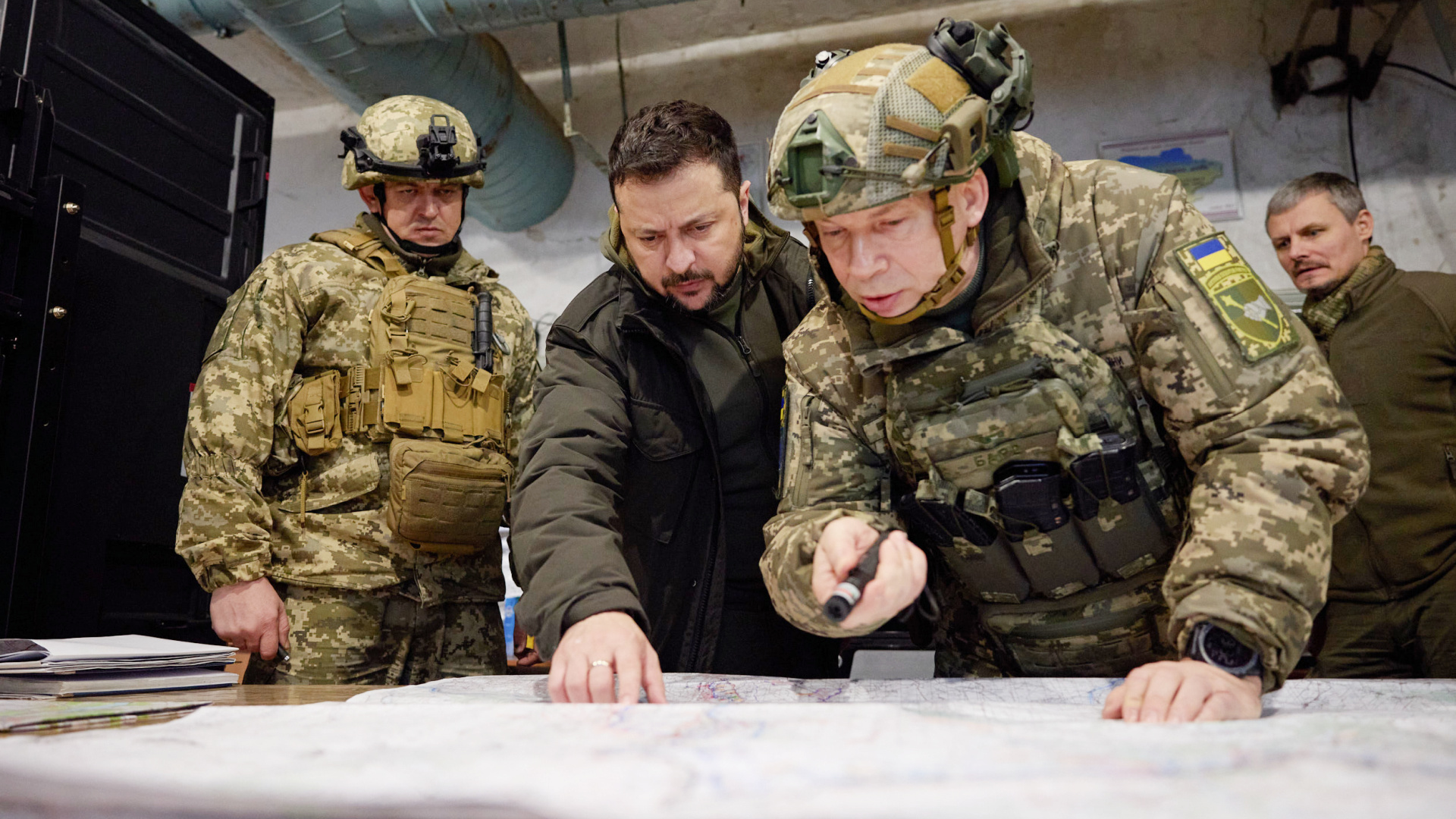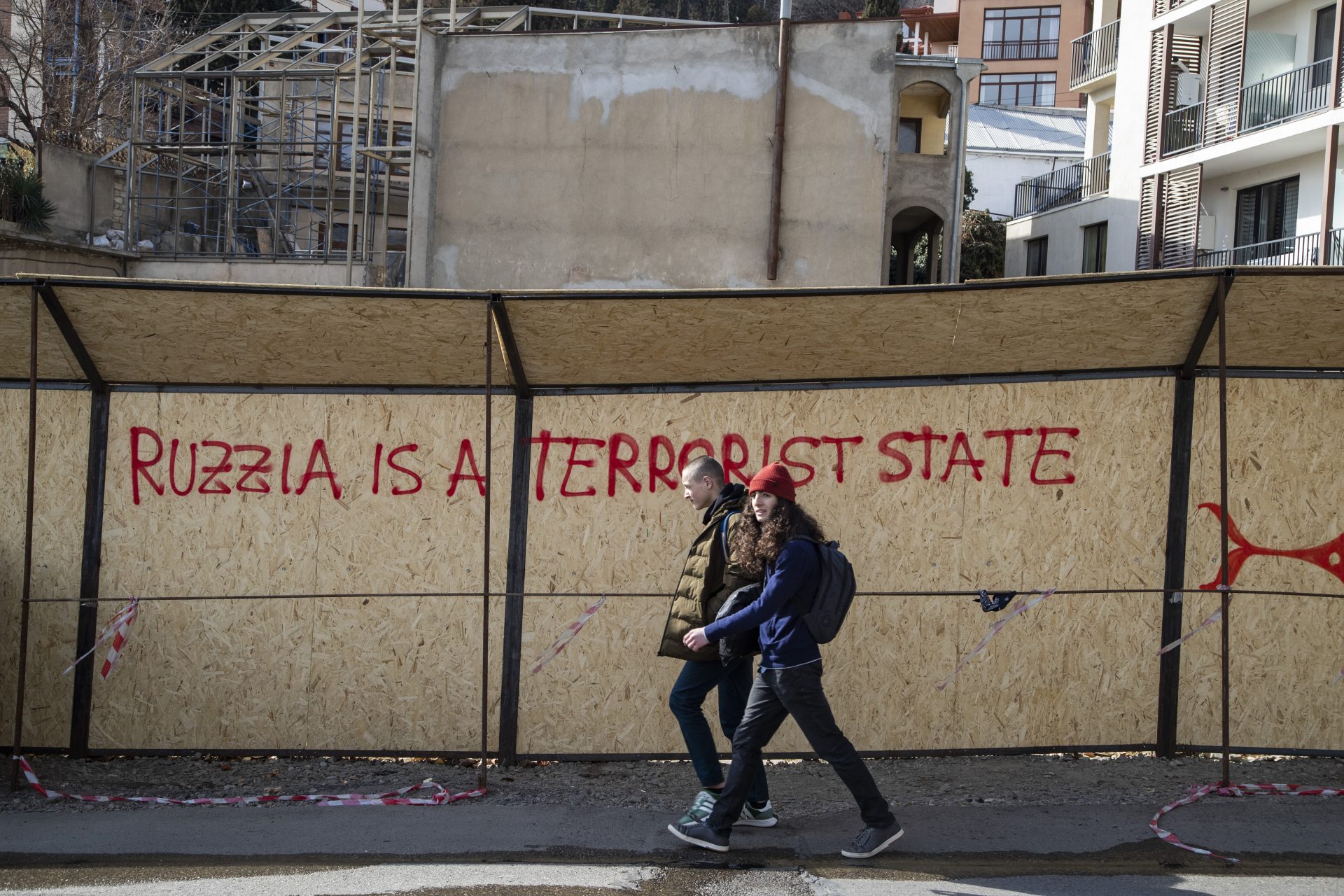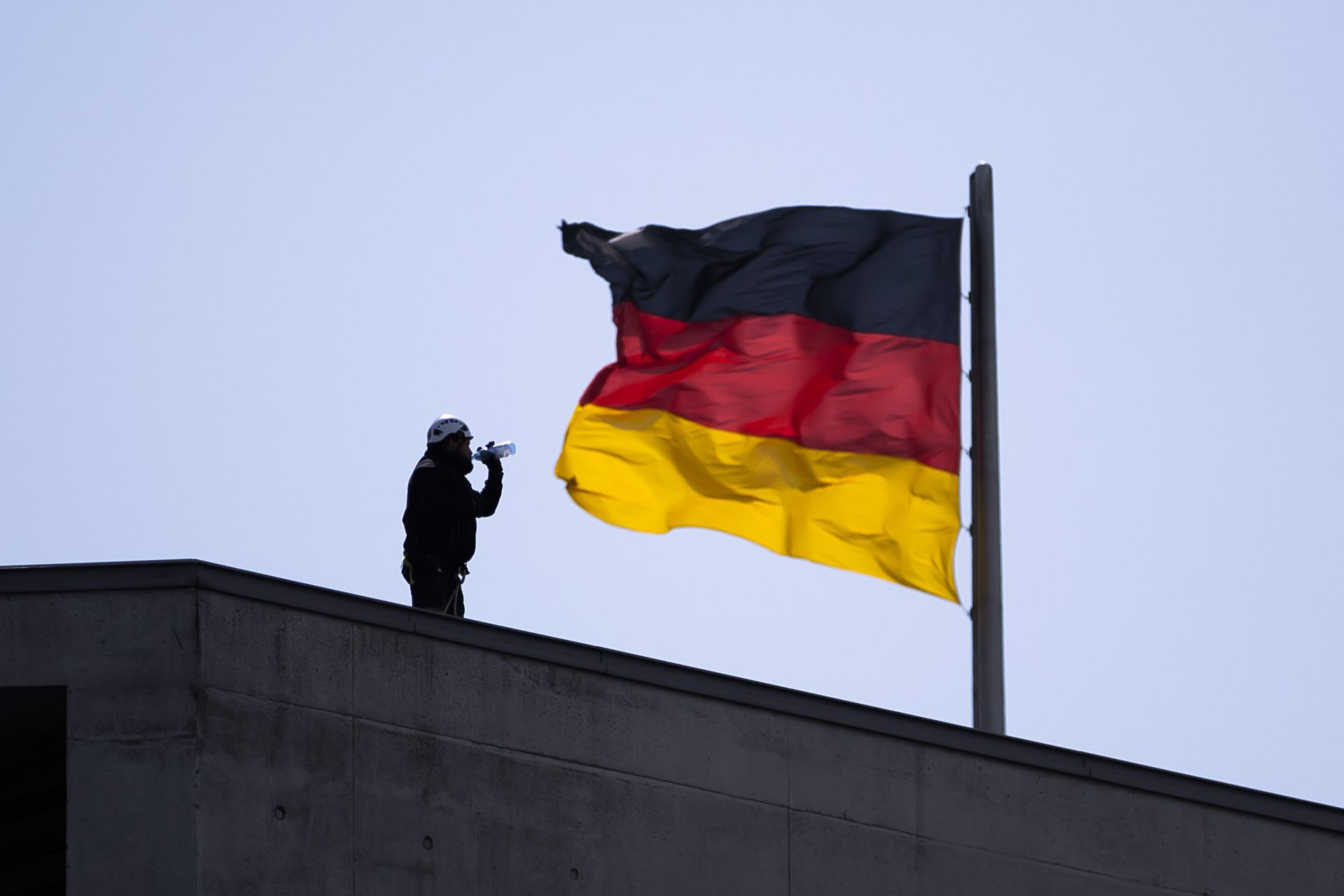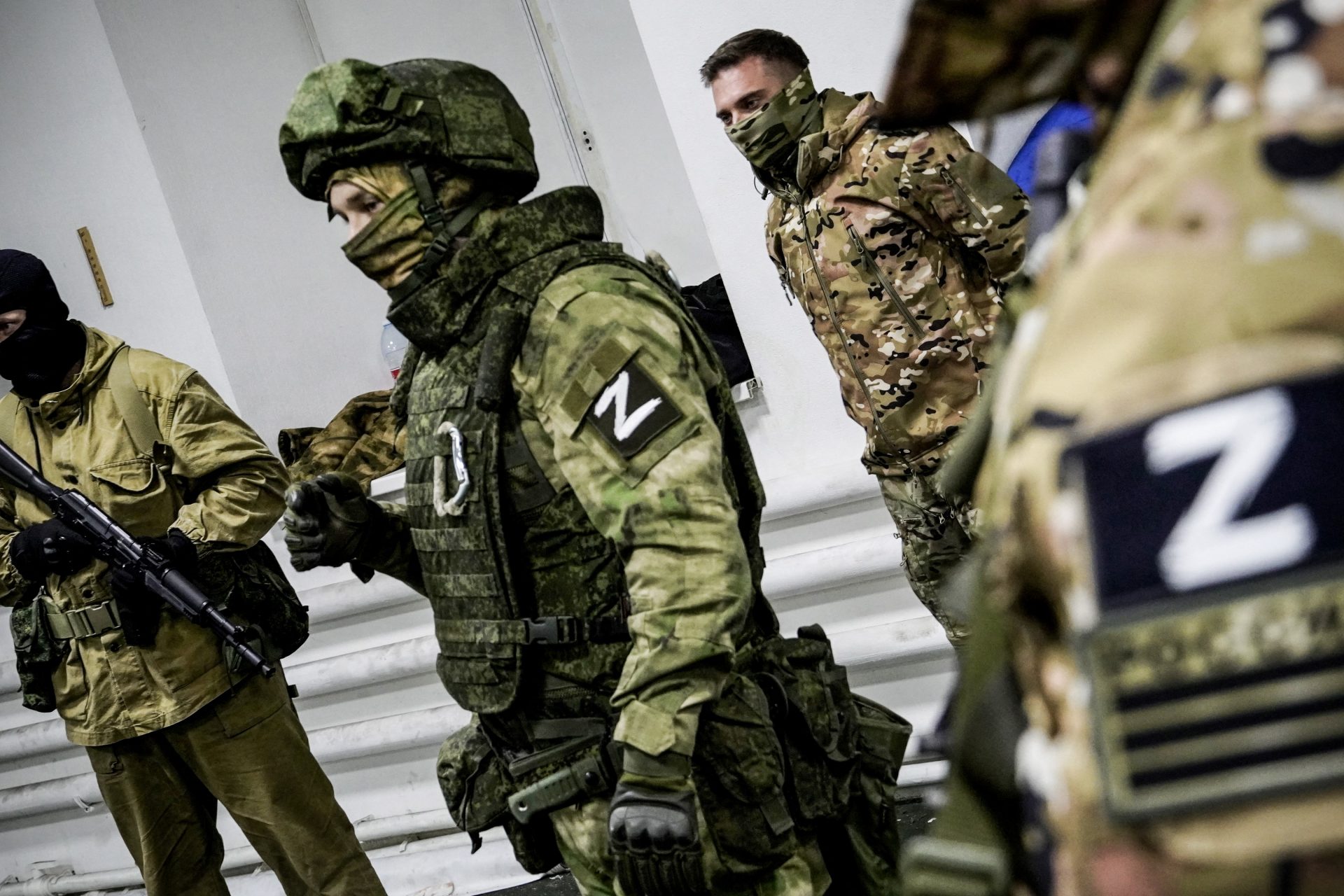Why is Canada holding a national inquiry into Trudeau’s use of the Emergencies Act?
History was made in Canada this month as officials opened a national public hearing into Justin Trudeau’s use of the Emergencies Act to end last winter's Freedom Convoy protests. Though it was a popular move by the Trudeau government, many Canadians were still astonished as this was the first time the controversial legislation had ever been used by a sitting Canadian government.
The Emergencies Act was a law passed by the Canadian parliament in 1988 and it authorized the federal government of Canada to temporarily use extraordinary measures to respond to public welfare and public order emergencies that threaten the sovereignty of the country.
In his introductory remarks, the commissioner of the public hearing, Ontario Justice Paul Rouleau, said that the inquiry would take a look at what was happening behind the scenes as the decision was made to invoke the Emergencies Act.
According to Rouleau, the commission is "not a trial, it's an inquiry, and I expect everyone will work cooperatively to ensure that the facts and information necessary for the public to understand what happened and why it happened will be elicited."
"While this is not an adversarial proceeding,” Rouleau said as he opened the inquiry, “I recognize that different points of view will be forcefully advanced. This is to be expected, and will help ensure that a clearer picture of the events is presented and the decisions made or not made by key actors are fully analyzed."
The Freedom Convey started as a one-off protest planned for January 28, 2022, to protest the Trudeau government's Covid-19 restrictions. But it quickly transformed into a larger protest movement that became evermore threatening to Canadian citizens and businesses.
The first major problem the convey posed was to the people of the country’s capital, Ottawa. What began as a weekend protest quickly became a weeks-long occupation of the city’s downtown core. Roughly 250 protestors gathered in residential areas near the parliament building continually honking truck horns, annoying the local residents.
After several weeks of business closures and harassment of citizens by honking truck horns, protestors went too far and organized a blockade of the Ambassador Bridge at the Windsor-Detroit border. This bridge acts as Canada’s trade lifeline with the United States and the Government of Canada estimates that it handles roughly 26% of the country’s exports made by road.
This bold escalation by the protestors of the Ambassador Bridge also raised concerns about political rhetoric calling for the removal of the democratically elected Trudeau as Prime Minister. After several calls from citizens and politicians to involve the Canadian Armed Forces, Trudeau quickly held a news conference to deter Canadians from a military option.
“One has to be very, very cautious before deploying the military in situations engaging Canadians,” Trudeau said during a virtual news conference. “It is not something that anyone should enter in lightly. But as of now, there have been no requests [from the government], and that is not in the cards right now.”
Trudeau's comments regarding military intervention also came at a time when local police forces insisted that there was very little they could do to control the unruly protestors. Ottawa police chief Peter Sloly was continually criticized for his response to the protestors but made it clear that he did not believe that his police force could provide a solution to the problem.
“There may not be a policing solution to this demonstration” Sloly remarked in a presentation on February 2nd to the community, noting that the “demonstration has been intolerable, unprecedented,” with a wide “range of illegal, dangerous and unacceptable activities.”
When it became known that threats of increasing serious violence in Ottawa were credible, the Trudeau government acted quickly. On February 14th, the Emergencies Act was invoked for the first in the country’s history, and Canada’s Prime Minister declared a national public order emergency.
Officials were granted new powers that enabled them to crack down on the Freedom Convey protests, as well as freeze their funds. Federal police forces were empowered with the ability to enforce local laws and new limitations were placed on the ability of large semi trucks to enter the city of Ottawa. Tow truck companies were requisitioned by the government to tow all protestor vehicles, and fines or imprisonment would be imposed on all protestors who refused to leave the capital.
Once all large-scale protests were over on February 23rd, Trudeau revoked the emergency powers he had granted the government under the Emergencies Act and return things to their status quo.
Under the rules of the Emergencies Act, a national inquiry must be held whenever the Emergencies Act was invoked by a sitting government and former Ontario Superior Court justice Paul Rouleau was selected on April 25th to lead the inquiry.
In his opening remarks, Rouleau noted that “During these hearings, I will be hearing the bulk of this evidence for the first time, just like members of the public. To that end, I've made no findings and reached no conclusions about the issues that I have been entrusted to deal with," he said, "I intend to take a judicial attitude to my job. By that, I mean that independence, impartiality, and fairness are my touchstones as commissioner."
There are currently 65 individuals set to be questioned during the public hearing. Among the most interesting names, you’ll find Ottawa Mayor Jim Watson, Ottawa Police Chief Peter Sloly, Emergency Preparedness Minister Bill, Public Safety minister Marco Mendicino, and Deputy Prime Minister Chrystia Freeland among others. The commission should take about a month and its findings will be made public to the Canadian people.
Because there are no legal consequences for the inquiry, many Canadians have been left wondering about the point of the proceedings. For some in the Conservative opposition, the use of the Emergencies Act is the best example of the Liberal Party’s continued policies of governmental overreach, and they hope to display that to Canadians. The true purpose of the inquiry, however, is to establish the circumstances that lead to the Act’s use, a step which will certainly reveal when, and if, the Freedom Convey posed a real threat to public order in Canada.
More for you
Top Stories





















